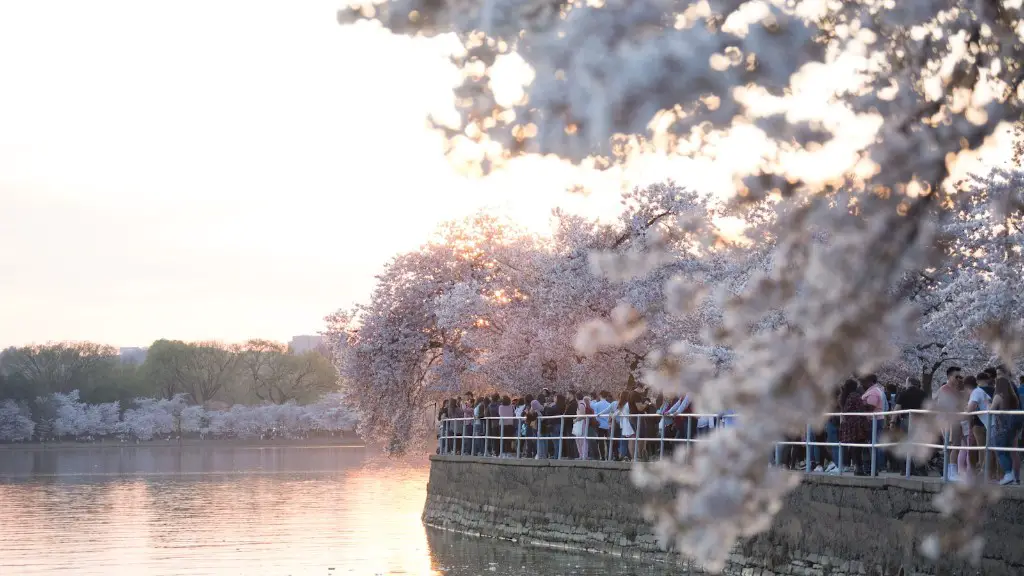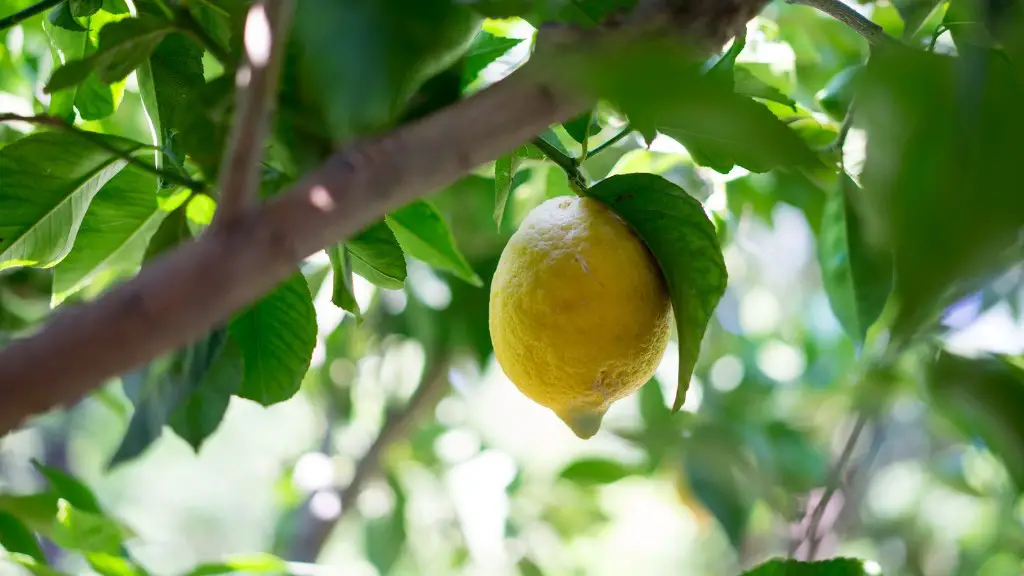Environmental factors
Kwanzan cherry trees need the right combination of environmental conditions in order to survive and thrive. If not, they may become diseased and eventually die. It is important to ensure that the tree has access to adequate sunlight, water and soil nutrients. It is also important to ensure that the pH of the soil is appropriate for the tree. If the pH is too low, the tree will not be able to absorb enough nutrients to stay healthy. In addition, temperatures that are too extreme can lead to problems for the tree. If the tree is exposed to temperatures below -15°C in winter, then this stress can lead to brittle branches and unhealthy foliage.
Pests and Diseases
Pests and diseases can be a major cause of the death of kwanzan cherry trees. Insects such as aphids, scale, mites and borers can all cause serious damage to the tree. Alternatively, diseases such as fireblight and leaf spot may be to blame for the death of the tree. It is important to monitor the health of the tree for signs of pest and disease activity, and if any are found then it is important to act quickly to prevent them from spreading and doing further damage.
Improper care
Improper care can also be a cause of the death of kwanzan cherry trees. If the tree has been planted in an area that is too shady, or has not been adequately watered, then this can cause problems for the tree. Additionally, it is important to prune the tree correctly in order to keep it in shape, and it is important to fertilize the tree in order to ensure that it has access to the nutrients that it needs to stay healthy.
Poor Location
Poor location can also be a cause of death for a kwanzan cherry tree. If the tree is planted in an area that is overly exposed to wind, or if it is located in a low-lying area that is prone to flooding, then this can cause major problems for the tree. Additionally, if the tree occupies an area that has ongoing construction, then this can cause compaction of the soil which can affect the root system and lead to further problems for the tree.
History of Stress
It is important to consider the history of the tree before trying to answer why it is dying. If the tree has undergone prolonged periods of stress due to environmental factors, pests or diseases, then this can cause significant long-term damage to the tree and eventually lead to its death. It is also important to consider whether the tree has ever been affected by extreme temperatures, or if it has been planted in an area where it doesn’t experience enough sunlight or receive adequate water.
Expert Advice
It is always a good idea to seek expert advice when trying to determine why a kwanzan cherry tree is dying. Some issues are easier to detect and diagnose than others, and a professional arborist or plant expert should be able to identify the problem and advise on the best course of action. Additionally, it is often useful to take a soil sample and have it tested for pH and nutrient levels in order to get an accurate picture of the health of the tree and the environment in which it is planted.
Diagnostic Tools
There are a range of diagnostic tools available which can help when trying to determine why a kwanzan cherry tree is dying. For example, it is possible to use a soil test to measure the level of nutrients and pH in the soil, and a leaf survey can be used to identify if there are any pests or diseases present. Additionally, it is possible to use a microscope to examine the foliage of the tree in order to look for signs of stress or damage. These tools can help to uncover the cause of the problem and allow the tree to receive the treatment it needs in order to stay healthy and vibrant.
Improving Growing Conditions
Once the cause of the death of the kwanzan cherry tree has been identified, it is important to take steps to improve the growing conditions of the tree. This may involve adjusting the pH of the soil, increasing the amount of sunlight or water the tree receives, or reducing the amount of stress the tree is under. Additionally, it may be necessary to use pest and disease control products to protect the tree against any further damage.
Correct Pruning Practices
Correct pruning practices are important when it comes to the health of a kwanzan cherry tree. It is important to prune the tree no more than necessary, and to take care not to prune too deeply or leave long stumps. Additionally, pruning should be done according to the form and natural growth direction of the tree in order to ensure that it is balanced and healthy.
Mulching and Weeding
Mulching and weeding can also play a role in keeping a kwanzan cherry tree healthy. Mulching helps to suppress weeds and retain moisture in the soil, and it is important to ensure that the mulch is the appropriate size for the tree. Additionally, weeds can steal needed nutrients from the root system of the tree, and it is important to keep the area around the tree free of weeds in order to give it the best chance of success.

